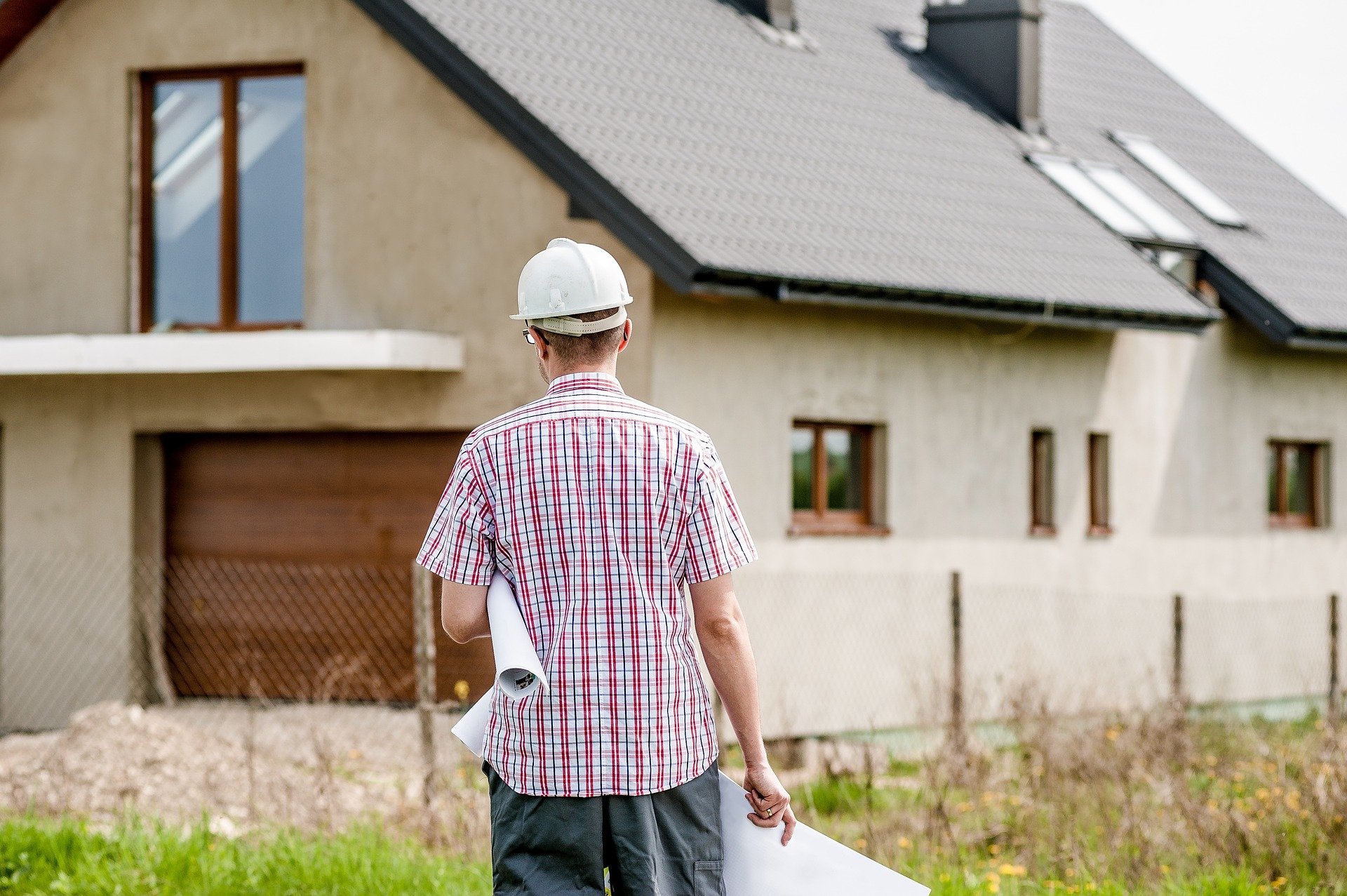Residential estimating in the realm of home improvement and construction, residential estimating plays a pivotal role in ensuring the success of any project. Whether you’re planning a new home build, a renovation, or any residential construction project, precise residential estimating is crucial for predicting timeframes, costs, and resource needs accurately Residential estimating.

This guide delves into the core principles of residential estimating, explores various methods, and offers practical tips to enhance your estimation skills. By understanding and applying these principles, you’ll be equipped to manage home projects efficiently and effectively.
What is Residential Estimating?
Residential estimating refers to the process of forecasting the time, cost, and resources necessary to complete a residential construction or renovation project. This involves analysing various factors such as materials, labour, and project scope to provide a comprehensive estimate. Accurate residential estimating helps homeowners, contractors, and project managers plan better, budget appropriately, and avoid potential pitfalls.
The Importance of Accurate Residential Estimating
Understanding the significance of precise residential estimating is essential for any successful project. Here are several reasons why accurate residential estimating is critical:
Budget Management
Accurate estimates help avoid cost overruns and ensure the project stays within budget.
Timeline Adherence
Proper estimation helps in setting realistic deadlines, reducing the risk of project delays.
Resource Allocation
Accurate residential estimating ensures that the right number of resources (labor, materials, etc.) are allocated efficiently.
Risk Mitigation
Identifying potential risks early through accurate estimates helps in developing strategies to address them.
Stakeholder Confidence
Reliable residential estimating builds trust with clients, contractors, and other stakeholders by demonstrating competence and thorough planning.
Key Components of Residential Estimating
To develop a comprehensive residential estimating plan, it’s crucial to focus on the following components:
Time Estimation
Time estimation involves predicting the duration required for each phase of the residential project, from start to finish. This includes construction phases, inspections, and any potential delays. Accurate time estimation is vital for setting realistic project timelines and managing client expectations.
Cost Estimation
Cost estimation involves forecasting the financial resources required for the project. This includes labour costs, material costs, permits, and any additional expenses. Accurate cost estimation is crucial for budgeting and financial planning, ensuring the project remains financially viable.
Resource Estimation
Resource estimation refers to identifying and quantifying the resources needed for the project. This includes human resources (e.g., skilled labour, subcontractors), materials (e.g., wood, concrete), and equipment (e.g., machinery). Efficient resource estimation helps in effective project execution and avoids shortages or excesses.
Methods of Residential Estimating
Several methods can be employed to perform residential estimating effectively. Here are four commonly used methods:
Analogous Estimation
Analogous estimation involves leveraging historical data from comparable residential projects to forecast the time, cost, and resources needed for the current project. This method provides quick estimates based on past experiences but may lack precision.
Parametric Estimation
Parametric estimation uses statistical relationships between historical data and project variables to estimate time and costs. By applying formulas and data trends, this method offers more precise estimates compared to analogous estimation.
Bottom-Up Estimation
Bottom-up estimation involves deconstructing the project into smaller, manageable tasks or components. Each task is estimated individually, and these estimates are aggregated to form a comprehensive estimate for the entire project. This method is detailed and accurate but can be time-consuming.
Three-Point Estimation
Three-point estimation considers three scenarios for each project element: the best-case, worst-case, and most likely scenarios. By evaluating these different outcomes, this method provides a more balanced and realistic estimate, accounting for uncertainties.
Steps to Achieve Precision in Residential Estimating
Mastering residential estimating requires a systematic approach. Follow these steps to enhance the precision of your estimates:
Define Project Scope
Clearly outline the project’s goals, deliverables, and boundaries. This helps in understanding the full extent of the project and its requirements.
Break Down the Project
Divide the project into smaller, manageable tasks or work units. This allows for detailed estimation and better management of individual components.
Gather Historical Data
Collect data from similar past projects to inform your estimates. Historical data provides valuable insights and benchmarks for your current project.
Select Estimation Methods
Choose the most appropriate estimation methods based on the project’s complexity and available data. Combining multiple methods can enhance accuracy.
Consult Experts
Engage with industry experts, contractors, and other professionals to validate your estimates. Their expertise can provide additional insights and improve accuracy.
Incorporate Risks
Identify possible risks and uncertainties that could affect the project. Include contingency measures in your estimates to address these risks.
Review and Adjust
Continuously review and update your estimates as the project progresses. Adjustments may be necessary based on new information or changes in project scope.
Challenges in Residential Estimating
Despite its importance, residential estimating comes with its own set of challenges. Here are some common obstacles:
Uncertainty
Residential projects often involve unknown factors, making accurate estimation challenging.
Scope Changes
As the project evolves, changes in scope or requirements can impact the original estimates.
Inadequate Data
Lack of historical data or insufficient information can lead to less accurate estimates.
Complexity
Complex projects with multiple variables can make estimation more difficult and prone to errors.
External Factors
Market fluctuations, regulatory changes, and unforeseen events can affect the accuracy of estimates.
Best Practices for Accurate Residential Estimating
Implementing best practices in residential estimating can significantly improve accuracy. Here are some recommended practices:
Use Multiple Methods
Combine different estimation techniques (e.g., bottom-up and parametric) to enhance accuracy.
Engage the Team
Involve project team members and stakeholders in the estimation process for diverse perspectives and insights.
Account for Contingencies
Include contingency allowances in your estimates to cover potential risks and uncertainties.
Document Assumptions
Clearly document any assumptions made during the estimation process to ensure transparency and accountability.
Regular Updates
Continuously review and update estimates based on new developments and project changes.
Residential Estimating Tools and Software
Utilizing the right tools and software can streamline the residential estimating process. Here are some popular tools:
| Tool | Key Features | Best For |
| Builder Trend | Project management, cost tracking, client communication | Residential builders, remodelers |
| Construct | Customization options, financial management, scheduling | Home builders, renovation contractors |
| ProEst | Cloud-based, detailed cost breakdowns, integration capabilities | Large-scale residential projects |
| Plan Swift | Takeoff software, cost estimation, material tracking | Contractors, estimators |
Case Studies: Successful Residential Estimating
Home Renovation in New York
A residential renovation firm utilised bottom-up estimation to predict costs and timelines for a major home remodel. By breaking down the project into detailed tasks, the firm completed the renovation two weeks ahead of schedule and 7% under budget.
New Home Construction in Texas
A construction company used parametric estimation to assess costs for a new residential development. The project stayed within budget and was finished on time, thanks to accurate cost forecasting and efficient resource management.
Well-Researched FAQ Section
What is residential estimating?
Residential estimating is the process of forecasting the time, cost, and resources required to complete a residential construction or renovation project.
What methods are used for residential estimating?
Common methods include analogous estimation, parametric estimation, bottom-up estimation, and three-point estimation.
How can I improve my residential estimating skills?
Enhance your skills by using multiple estimation methods, involving team members, accounting for contingencies, and regularly updating estimates.
What are the key components of residential estimating?
The key components include time estimation, cost estimation, and resource estimation.
What challenges might I face in residential estimating?
Challenges include uncertainty, scope changes, inadequate data, project complexity, and external factors.

Conclusion
Mastering residential estimating is vital for successful home construction and renovation projects. By understanding and applying the principles of accurate estimation, you can effectively manage project costs, timelines, and resources. This guide has provided you with a comprehensive overview of residential estimating, including methods, best practices, and tools to enhance your skills. With precise residential estimating, you’ll be.


